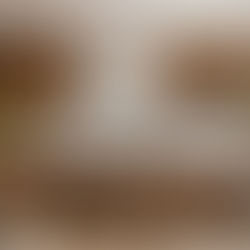
Modern/
Contemporary
Emerging in the early 20th century, modern design emphasizes clean lines, minimal ornamentation, and functional furniture. It often incorporates materials like glass, metal, and natural wood.
Often confused with modern, contemporary design refers to current trends. It embraces open spaces, neutral color palettes, and a mix of textures and materials.
Establish a Cohesive Color Palette
Start with a neutral base common in modern design—think whites, grays, and beiges—and layer in contemporary pops of color through accessories like throw pillows, artwork, or rugs.
Combine Materials Thoughtfully
Mix natural materials typical of modern design (like wood and stone) with contemporary elements such as metal, glass, or acrylic. For example, pair a wooden dining table with metal-framed chairs.
Balance Shapes and Lines
Modern design favors straight lines and geometric forms, while contemporary design often includes curves and organic shapes. Incorporate both by selecting furniture and decor that blend these characteristics.
Layer Textures
Add depth by combining various textures—smooth leather sofas with plush velvet cushions, or a sleek glass coffee table atop a shaggy area rug.
Integrate Statement Pieces
Choose standout items that encapsulate both styles, such as a modern minimalist sofa paired with a contemporary abstract painting.
.png)









